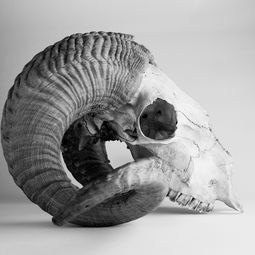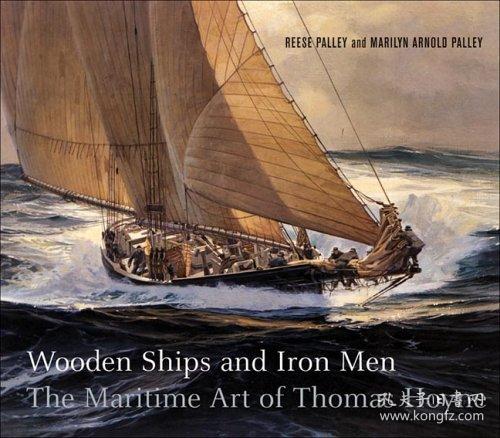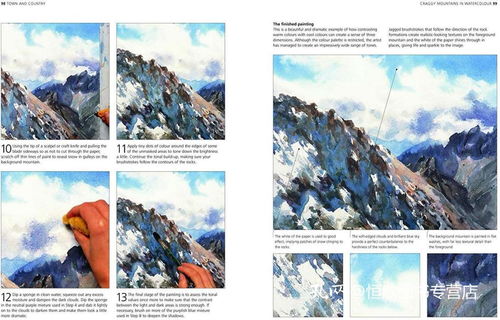Content:
In the serene beauty of a flowing river, there lies a treasure trove of fishing opportunities, with the ever-popular carp being a favorite catch for many anglers. Carp, known for their resilience and fighting spirit, can be quite a challenge to catch. However, with the right river fishing techniques and a bit of patience, you can become a master at reeling in these majestic fish. In this article, we will delve into the art of river fishing and provide you with essential tips on how to catch鲤鱼 (commonly known as carp) effectively.
Understanding Carp Behavior
Before we dive into the fishing techniques, it's crucial to understand the behavior of carp. These fish are bottom feeders, meaning they search for food on the riverbed. Carp are also highly sensitive to changes in water conditions, so it's important to be aware of the factors that can affect their feeding patterns.
Water Temperature: Carp are most active and feed heavily when the water temperature is between 60-70°F (15-21°C). During colder months, they tend to be less active and may move to deeper, warmer waters.
Water Flow: Carp prefer slow-moving water, as it allows them to feed more efficiently. They are less likely to be found in fast-flowing rivers.

Cover: Carp often seek cover in vegetation, rocks, or other structures. Look for areas where these elements are abundant.
Choosing the Right Gear
The right equipment can make a significant difference in your success rate. Here's what you'll need for river fishing with a focus on catching carp:
Rod and Reel: A medium-heavy action rod with a sensitive tip is ideal for carp. A multiplier reel with a good drag system is essential to handle the fight.
Line: Use a strong, abrasion-resistant line, such as monofilament or braid, with a breaking strain of at least 15-20 lbs (6.8-9.1 kg).
Hook: A size 6-10 carp hook is suitable, depending on the size of the bait.
Leader: A 6-12 ft (1.8-3.7 m) leader of 15-20 lbs (6.8-9.1 kg) monofilament or fluorocarbon is recommended to protect your main line from snags.
Bait: Carp are omnivorous and will eat a variety of baits. Live bait, such as worms, maggots, or small fish, can be highly effective. Artificial lures, like corn or bread, can also work well.
Fishing Techniques
Now that you have the right gear, let's discuss some effective fishing techniques for catching carp:
Spotting Carp: Use a float or a rod tip indicator to spot carp rising to feed. This technique, known as "float fishing," is particularly effective in slow-moving water.
Bottom Baiting: For bottom baiting, you'll need to attach your bait to the bottom of the river. Use a weight to ensure your bait stays in place. This method is effective in areas with a lot of cover.
Free-Lining: Free-lining involves casting your bait out and allowing it to drift naturally with the current. This technique is ideal for areas with a lot of vegetation or where the current is too strong for float fishing.
Leaving Bait: Carp are known to be persistent feeders. If you catch a bite, it's often a good idea to leave some bait in the water to attract other fish.
Patience is Key: Carp can be slow to bite, so patience is crucial. Wait for a gentle pull or a sudden tug on the line before setting the hook.
Additional Tips
- Timing: Fish early in the morning or late in the evening when the water is cooler. These are the times when carp are most active.
- Tackle Maintenance: Regularly check your tackle for signs of wear and tear. A well-maintained setup is less likely to fail under pressure.
- Conservation: Always practice catch-and-release fishing to preserve the carp population and maintain the health of the river ecosystem.
In conclusion, river fishing for carp requires a combination of knowledge, patience, and the right techniques. By understanding the behavior of carp, choosing the appropriate gear, and applying effective fishing methods, you'll be well on your way to becoming a skilled angler. Remember, the key to success lies in adapting to the conditions and being persistent in your efforts. Happy fishing!












